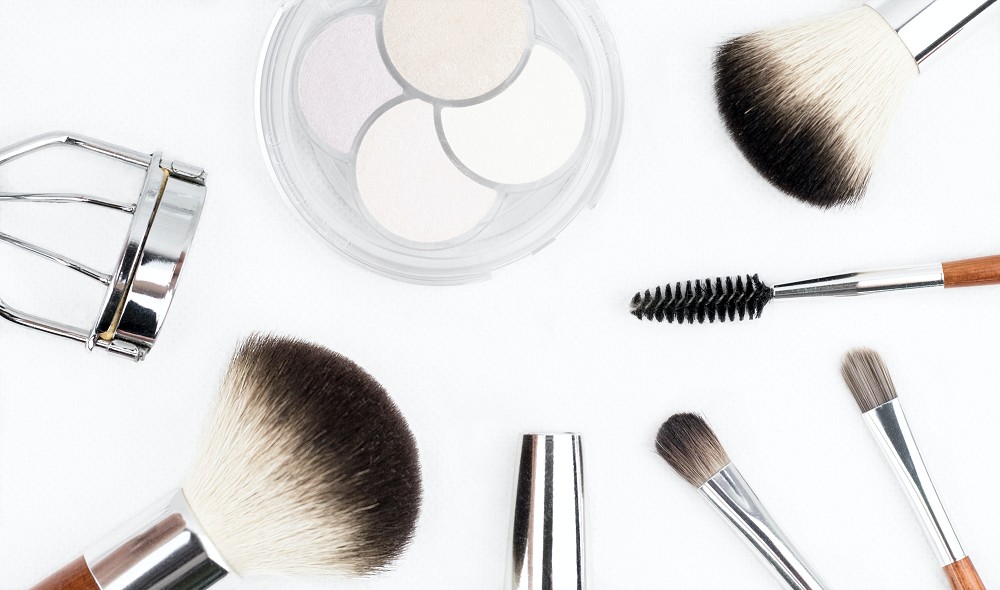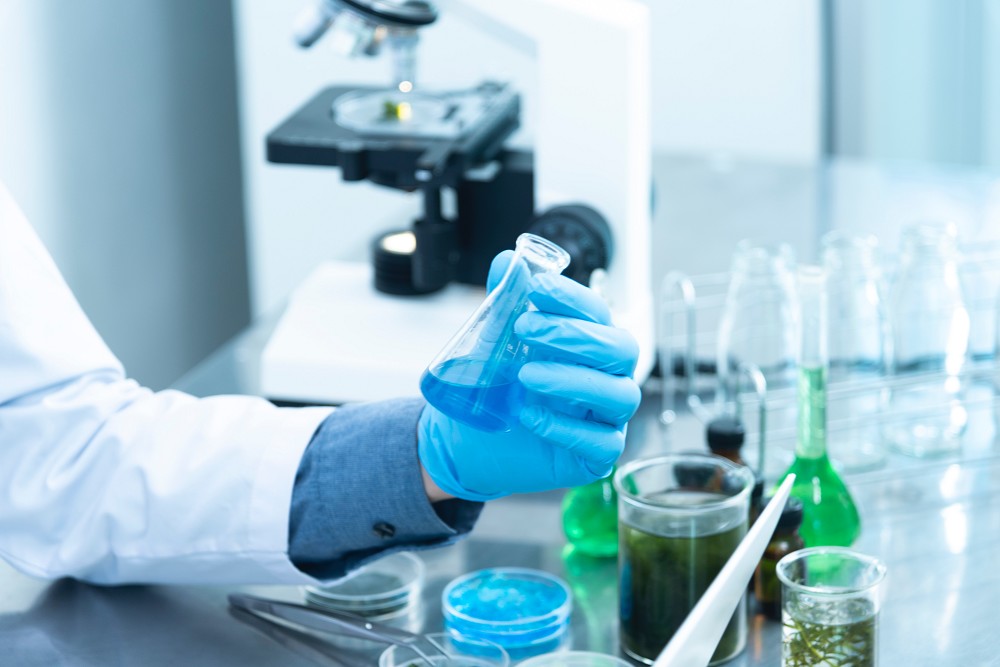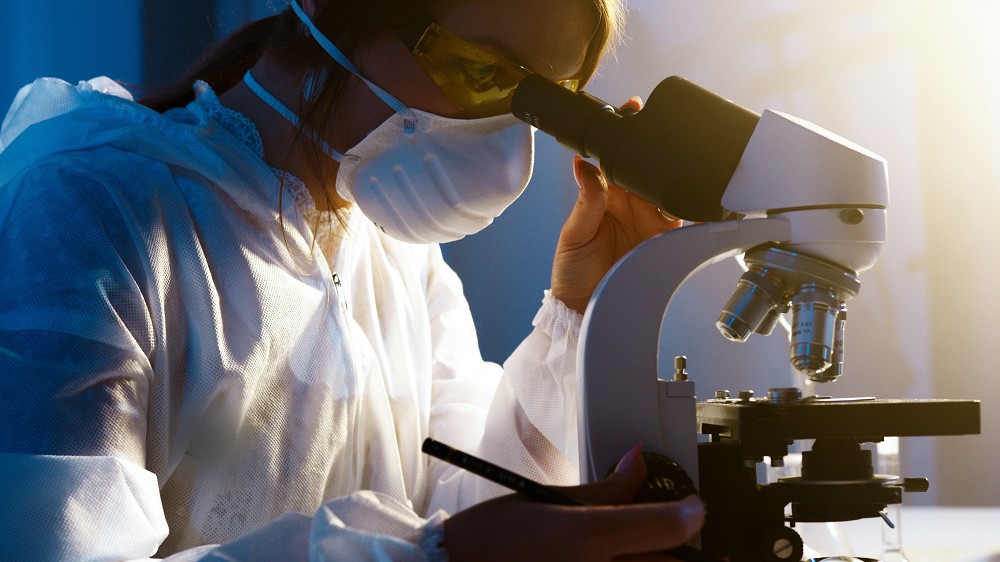The side effects that can be caused to health by the use of makeup and cosmeticproducts containing potentially toxic elements and compounds are well known andstudied extensively. The awareness of manufacturers and consumers regarding thequality of makeup has increased significantly in recent years. However, there havebeen recent cases of negative effects encountered by some consumers following theuse of some products on the market, for which there has been talk of toxic beauty.For this reason, at European level it is necessary to carry out an accurate andconstant quality control of the raw materials used, of the production processes and ofthe cosmetic products coming from non-EU countries. To this end, it is desirable touse reliable, simple, fast, Critical elements including some heavy metals, such aslead, which can be easily detected by X-ray fluorescence (XRF) techniques. Theseallow the simultaneous identification of all detectable elements present in thesamples. Compared to traditional spectroscopic techniques, XRF analysis allows theuse of different methods of sample preparation. In this study various makeupproducts collected on the Italian market were analysed with the XRF technique intotal reflection (TXRF), prepared with different methods: solubilization, suspensionand the new SMART STORE® method devised by our research group for thescreening and sample storage. The results highlight the potential of this new, quickand easy method for detecting potentially toxic metals in cosmetics.

The European Union safety of cosmetics and consumer
The European Union (EU) directive on cosmetics states, in article 2, that the safetyof cosmetics and consumer protection are the responsibility of producers, distributorsand importers; a cosmetic product placed on the European market must not causeharm to human health if applied under normal and reasonably foreseeable conditionsof use, taking into account its label, the instructions for use and disposal, and anyother indication or information provided by the manufacturer, its authorized agent orwhoever has responsibility for it. There are precise regulations that ensure the safetyof cosmetics and ban the use of nine ingredients, including tar and coal dyes,formaldehyde, glycol ether, lead, mercury, parabens, phenylenediamines andphthalates. Even the strictest regulation, however, accepts traces of undesirable elements and compounds, called "technically" unavoidable. Among these are lead,arsenic, cadmium, mercury and antimony; potentially toxic metals that can derivefrom raw material impurities or from pigments added in the production process.Canadian legislation sets the following limits for metals: Pb 10 µg/g, As 3 µg/g, Cd 3µg/g, Hg 3 µg/g and Sb 5 µg/g. The German Federal office of consumer protectionand food safety (BVL) has issued more restrictive guidelines for the concentration ofthese metals in cosmetics: Pb 5 µg/g (even lower in some cosmetics, up to 2 µg/g),Ni 10 µg/g, As 0.5 µg/g Cd 0.1 µg/g and Hg 0.1 µg/g. The presence of toxicsubstances such as metals in some products on the market and the negative effectsfound even recently on some consumers have led to talk of toxic beauty.
Health side effects
Particular interest is aroused by lead and cadmium which, if accumulated, can be thecause of cardiovascular, renal, bone, hepatic and oncological diseases. These andother health side effects are well known and extensively studied. For this reason, atEuropean level it is necessary to carry out an accurate and constant quality controlof the raw materials used, of the production processes and of the cosmetic productscoming from non-EU countries. To this end, it is desirable to use reliable, simple,fast, Elemental chemical analysis of cosmetics is not easy due to the wide variationin element concentrations (from a few µg/kg to g/kg) and the chemical-physicalcomplexity of the matrices.

Elementary chemical analysis technique
The most commonly used analytical techniques are plasma mass spectrometry andatomic absorption spectrometry. Both techniques require the complete solubilizationof the sample to be analysed, which usually takes place through a digestion processwith a mixture of mineral acids, a rather long and impacting method from anenvironmental point of view. Another elementary chemical analysis technique is X-ray fluorescence (XRF), which has some advantages over the aforementionedspectrometry. In recent years, XRF total reflection spectrometry (TXRF) is spreadingin numerous fields of application. A large scientific literature reports the qualitativeand quantitative analysis of environmental matrices such as waters, soils, plantsused as indicators of pollution, atmospheric particulate matter (PM); foods; varioustypes of biological samples; drugs. On the other hand, few and recent studiesconcern the analysis of cosmetics. Sample preparation methods for TXRF analysis vary according to the matrix, with the aim of obtaining a small amount of measurablematerial, which is as homogeneous and representative as possible.

Other analysis techniques
Alongside the most used methods of solubilization and suspension, our researchgroup proposes the new SMART STORE® method, which allows the permanentconservation of the sample which is enclosed between two adhesive layers ofpolymer. The method has already been tested in the analysis of atmosphericparticles deposited on leaves or collected on filtering membranes and for thescreening of food samples. The purpose of this research is to present and comparethe results obtained from TXRF analysis of commercial makeup samples preparedby solubilization, suspension and SMART STORE®, illustrating the advantages anddisadvantages of these methods. The study deals, in particular, with the detection oflead, chromium and nickel in eye pencils, eye shadow of various colours, mascara,lipstick, blush and foundation of different origins, and demonstrates that it is possibleto carry out a quick screening for identification of these elements in potentiallyharmful concentrations […]
Your window on the Italian personal care and nutraceutical market
CEC Editore is an Italian publisher that has been publishing technical journals on the world of cosmetics and nutraceuticals for over 25 years, and also for the world of make-up and botanicals, now a reference for all companies in the sector.
Through the journal, companies and market professionals come into contact and communicate news and innovations in their respective fields.
Discover L’Integratore Nutrizionale, Cosmetic Technology, MakeUp Technology and Innovazione in Botanicals on our website ceceditore.com